They say if you ´walk the walk´ then you have to ´talk the talk.’ In modelling, it is the other way around. Walking the runway puts models on the spot. Pure and simple. While you may only be as good as your last ´turn´, choreography routines can help to give confidence and direction to new ´up and coming models´, or established models looking to ´perfect´ their craft for high-end campaigns or events.
Modelling is as old as art (when it started on the Spanish Steps in Rome in the 17th Century) but in the advertising-driven culture of the West, modelling has recently made a place for itself as a fresh, high profile and highly lucrative career. In simple terms, models wear the fashion and accessories of designers for runway and catwalk shows (and in print campaigns), but in a culture where big names mean big money, some models become brands of their own. Realistically, no one has any real interest in your opinion, personality or dialogue (unless you are Jon Kortajarena, Andreas Velencosco or Tyson Beckford.)
These, coined ´supermodels´, not only strut and pose along the catwalk in new fashion, but become icons themselves; earning fame and renown as the models every designer wants to hang their clothes upon. As Gianni Versace famously said;
“Wear the clothes, hang the clothes, feel the clothes, sell the clothes and be the clothes.” – Gianni Versace
First Steps to Being a Runway Model
So, what are the first steps to being a runway model? Well, there are many steps and manoeuvres, literally. Complete an honest self-assessment to ensure you have the physical qualities necessary for a male runway model. Most runway models are at between 5’11” and 6’2″ and weigh between 140 and 165 lbs. Your physique should be lean, yet strong (never muscular, because that can affect the model’s performance on the shows and their fit to the clothing. This is the body type that designers look to display their clothing. However, as trends change, your body will have to depend on the designer and his philosophy.
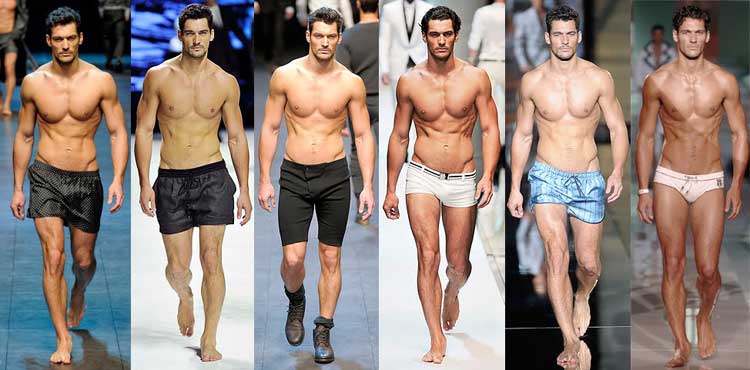
Create a modelling portfolio or ´book´. This compilation should include professional standard headshots, as well as photos that highlight your body. You should have at least two photos wearing jeans and a casual t-shirt, as well as some wearing business suits. It should also include your height, weight, measurements and clothing sizes. Hire a professional photographer to take care of this as it will be an investment in your future career.
Study the runway walk. From my experience, you should record and watch a runway modelling show to see how the professionals do it. For example, watch where they focus their eyes, how they hold their arms and hands and their shoulder and chin positions.
Practice your runway walk. While female models usually must walk with one foot in front of the other, such as when they are walking on a line, male models do it a little differently.
Find a modelling agent. Call local modelling agencies and book interview appointments with bookers. Bring your portfolio and dress to impress the agent. Just now, the current trend for the male model look is slightly long hair and facial stubble. Mail copies of your portfolio photos to agencies if they cannot see you or do not have open-call appointments.
So, if you meet the above criteria then you can perfect your craft by following my rules of male choreography for the ‘runway’ and the ‘catwalk’. Which you should adopt and when?
A ‘catwalk’ describes a narrow, usually elevated platform used by models to demonstrate clothing and accessories during a fashion show. The term is probably derived from the catwalks that connect adjacent buildings. The term may also be derived from a more literal meaning, as the models on the ´catwalk´ often use a walk which is like that of a cat, placing one foot directly in front of the other to produce an alluring swagger in which the hips take on a more exaggerated movement. A ´catwalk´ is also commonly misunderstood as a ‘runway’. A ‘runway’ is where the model walks at ground level, not on a stage or elevated level. ‘Catwalks’ can be of various shapes, sizes, and materials so the choreographic strategy will be different for every single one.
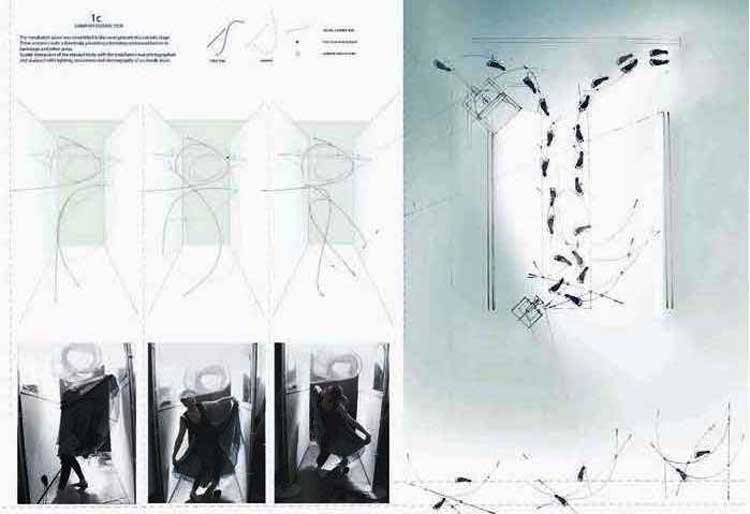
Perfecting The Walk
With regards to perfecting the ‘walk’, the best advice, in a nutshell, is to copy the professionals and take note of the various ways the models walk. No two models walk the same and as you get more experienced, you’ll be able to develop your style or throw in a little nuance that will set you apart from the other guys. Of course, there are a few basic rules of thumb; What will ultimately make you stand out is not only how well you can move your body but also how much of your personality you can inject into your performance to make it memorable. The best way to create your unique style is to experiment, practice, and get feedback (even if it means taking some constructive criticism.)
The key points to look for are;
- Posture
- Poise
- Rhythm & Timing
- Symmetry
- Composure
- Confidence
Your facial expression and makeup will depend upon the theme of the show and will be determined by the clothing, lighting and music. You should always look past the audience without eye contact or interaction unless instructed to, and in addition to this, your body should always be in alignment, with uniform movement, again determined by the theme of the show and the creative direction. These two principal factors will be discussed in detail a little later.
You may be instructed to stop and pose at certain points along the catwalk. Again determined by the theme of the show. This will dictate how long or in the shape of your pose in addition to the fact that you may have to turn at some point on the catwalk.
With the above features of a show, you will have specific choreographed instructions as to where and when they all take place. They may differ between men and women, again dependent upon the theme of the fashion show and the rationale of the creative direction team.
Posture
There’s nothing glamorous about a runway model that is hunched over. Anytime you set foot on that runway, your whole body needs to be upright and alert but not so rigid that you look like a robot. While walking, keep your chin tilted down slightly but not in a way that your whole head is looking down. The audience sits below you during a runway show and you don’t want them completely looking up your nose the entire time.

It’s All In the Eyes
Any time you watch a fashion show the model’s eyes are always focused straight ahead and rarely look anywhere else. When you’re on the runway, find a comfortable spot where you can stare straight ahead and don’t let your eyes travel all over the place. Make sure you don’t look down! It’s a bad habit to continuously look down to see where you’re stepping.
Try to break this habit and learn how to look ahead while being able to see where your feet are landing. To lift things a little, when you reach the end of the runway, do your pose and let your eyes slightly look down and make contact with the audience. But do this without your whole head looking down and limit it to the eyes.
Keep Your Mouth Natural
Never smile. Keep your mouth closed and learn to relax your lips and you’ll be fine. The audience is there to pay attention to the clothes, not the model (unless they are famous.) A smile detracts from the clothes and draws attention to the model’s face. More often than not as well, the designer wishes ´attitude´ to be portrayed in the show, which runs parallel with this idea.
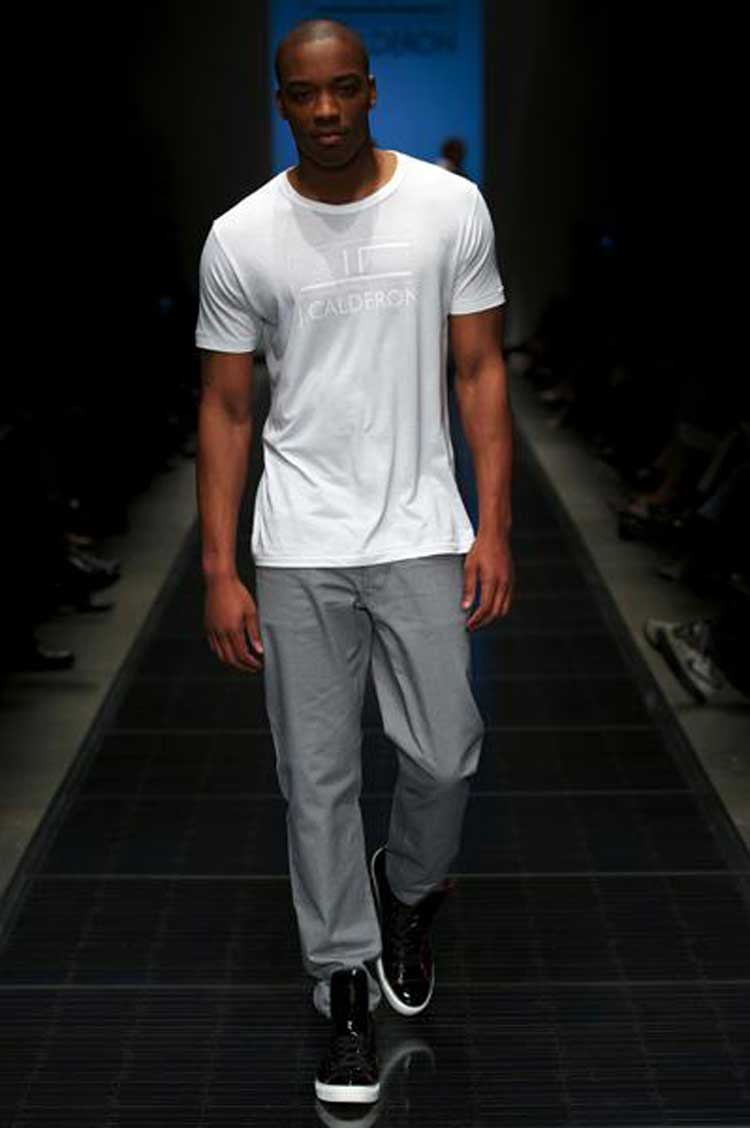
Pay Attention to Your Arms and Hands
Your arms should sway naturally as you walk but don’t swing them too much or you’ll look awkward. Keep your arms close to your body so that only your lower arms sway. Your hands and fingers should be relaxed. Don’t ball them up or curl them up in any way. This makes for bad photos and you don’t want to look like you’re missing a couple of fingers. Keep your hands open and your fingers as straight as you can get them without it looking unnatural.
Be Mindful of Your Shoulders
Your shoulders should always stay steady and shouldn’t bounce or dip as you walk. Keep your shoulders still but not to a point where it’s painful.
Your Stride
When walking down the runway, don’t take baby steps. To enhance your walk, you’ll need to take longer strides than you normally would but avoid overdoing it to the point where you almost fall down. You have to find the perfect medium. Remember in a fashion show, the walk is paced in a certain way so that all the models have a steady tempo to walk to.
If you ruin that tempo, it throws everyone off. Place each foot in front of the other as opposed to side by side when you normally walk. As you place each foot down in front of the other, allow your hips to sway naturally. In many cases, the model will adopt their own signature walk-through time and experience, as mentioned before. This is more often than not influenced by or synchronised with the music.
¨Men should walk taller and appear broader. They should push their chest out and walk with the classical ´V´ (feet from inside to outside.) This emphasises their upper torso and enhances masculinity (Unlike women who cross with their toes as they walk in an ‘X’ formation, as this emphasises the hips and gives the strut, or ‘wiggle’ which is still the favourite of the runway, even more so when teamed with sky high heels.)When I was taught runway, it was stand tall, chest out, stomach in, shoulders back with chin totally parallel with the floor and glide. Imagine an invisible rope is tied around your waist and it is pulling you steadily and strongly through the crowd and towards your focal point.¨
Possess Confidence and Attitude
There is no way you can fake this on the runway. When you have confidence and attitude, it comes out in your walk and makes you the centre of attention. Nothing is more important than having the emotional aspect in check. When you know you’ve got it, it comes through in an amazing way that all runway models possess.
¨The most important thing when adopting the runway is to imagine that you are the most beautiful person in the room. If you believe it, then everyone else will. It’s the ultimate strut your stuff. All the top models do it up there ‘in the head´.¨ – Tyra Banks
Don’t Forget to Pose
In addition to walking down the runway, there is also your time to shine when you reach the end of the catwalk and pose for photographers. It is easy to get caught up in the moment and only spend a few seconds in that spot before walking back, but remember this is not only the time to show off the designer’s clothes to the audience, and for you to get great images for your portfolio. The two most important features here are your ´entry pose´ and your ´exit pose´.
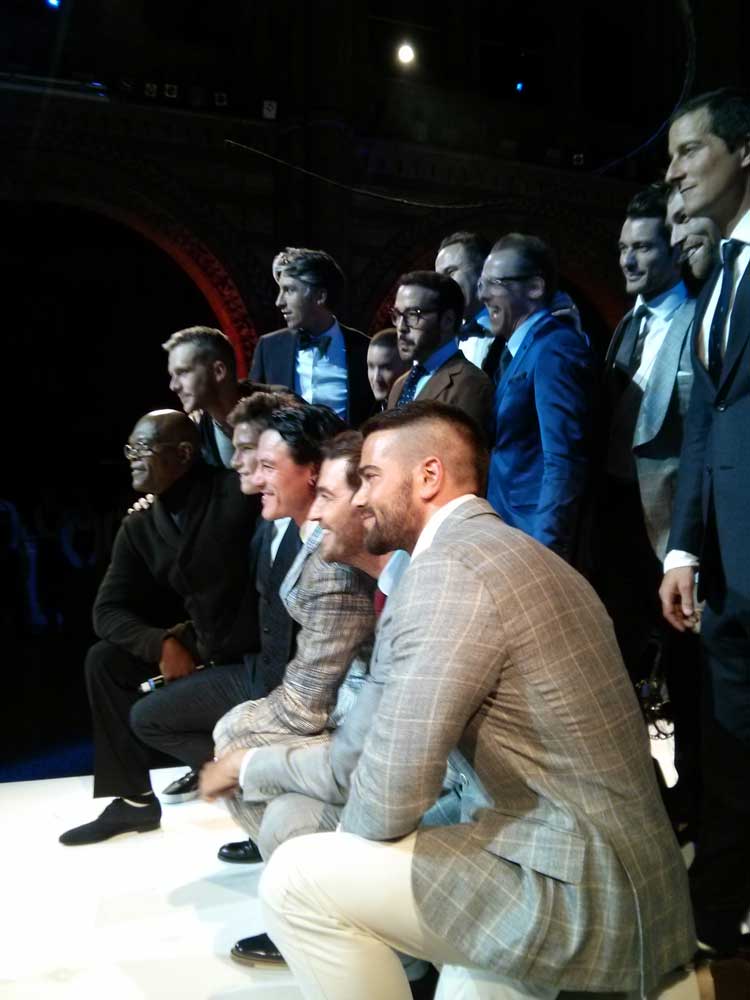
Photographers can’t get a good shot if you’re barely still once you reach the end of the catwalk. I find that it helps to do a 3 to 5 second count in your head. When you reach the end of the runway, strike your first pose and do your 3 to 5 count, then perform your second pose and do another 3 to 5 count. No more, no less.
This should be more than enough time for photographers to get a handful of decent images of you that are not blurry, show off the outfit and still keep with the pace of the show. With time and practice, newer fashion models will learn how to master this part of the process. Remember, only by continuing to do fashion shows can you become comfortable with all aspects of being on the runway.
Depending on the formation of the runway (TOIL) an acronym of the main catwalk shapes T, O, I, L you will be expected to make several ‘stops’ or ‘turns’. These poses are calculated by the choreographer through the designer’s interpretation. Anyone show could see a model going through movements such as Quarter-Turn, Half-Turn, Side-Turn, Full-Turn and Pivot. This terminology is so specific; it could merit another article in itself.
If you are the model who is ‘first out’ then this will be your strongest (or signature) opening pose. The first out is always the most important of the runway show, and possibly the designer as he or she will be current ‘face’ of the collection or marketing strategies. In fashion, they are also termed as ‘opening the show’.
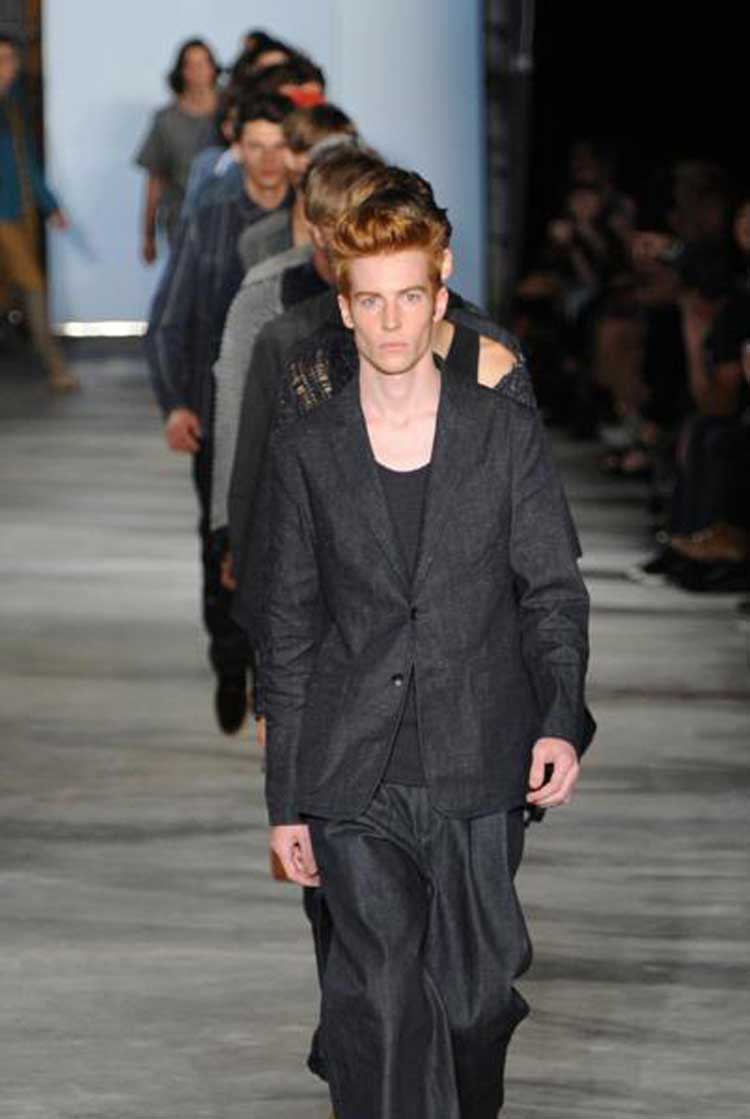
The Quick Guide
So, now you have an understanding of the basics, let´s put together a master class so you can adopt the fundamentals to work on.
Place a strip of masking tape down the centre of the runway. If a runway is not available for practice, a large space or hallway will work as well. The masking tape represents the centre of the runway, the part where the model is to walk. It will help the model walk in a straight line, learning how to put one foot directly in front of the other.
Hang up a focal point on the wall, a few feet from the end of the runway, at the model’s eye level. This will help the model keep perfect posture while walking on the runway, and stop him from creating a habit of looking down while he walks. A focal point should be bright, highly visible and colourful so models can see it without a problem.
The model should put one foot in front of the other at an outside angle (literally). The toes should face slightly left and right (corresponding to the foot you use of course.) Their footprints should form a zigzag or a V. When done quickly, this gives the body that characteristic swing. Their ankles should never bump; this is painful and may make them fall!
The actual positioning of the foot is specific also. Place the ball of the foot down first (not the toes), then the heel but keep most of your weight balanced on the ball of your foot rather than on the heel. It may feel strange, but keeping much of your weight on the ball of the foot gives you more of an elegant stride.
Practice several runs of walking down the runway, staying on the masking tape and keeping eyes on the focal point. Once the model reaches the end of the runway, he should exit and go back to the beginning to walk again. Repeat this as many times as you wish, because practice does make perfect. Make sure you are keeping your head up, and your feet are directly on the middle line. Look straight forward; trying to imagine capturing the essence of the clothes you’re wearing with the expression on your face and the music resonating around you.
Next, you master the pose(s) that you may be required to make between struts. There are three common poses used at the end of the runway, before turning and walking back. The first one is known as the “c” pose. The “c” pose is when your body creates a shape of the “c”. Once you hit the end of the runway, the model’s left hand should go on the hip/waist, the right toe should point to the right and the head should turn to the right as well.
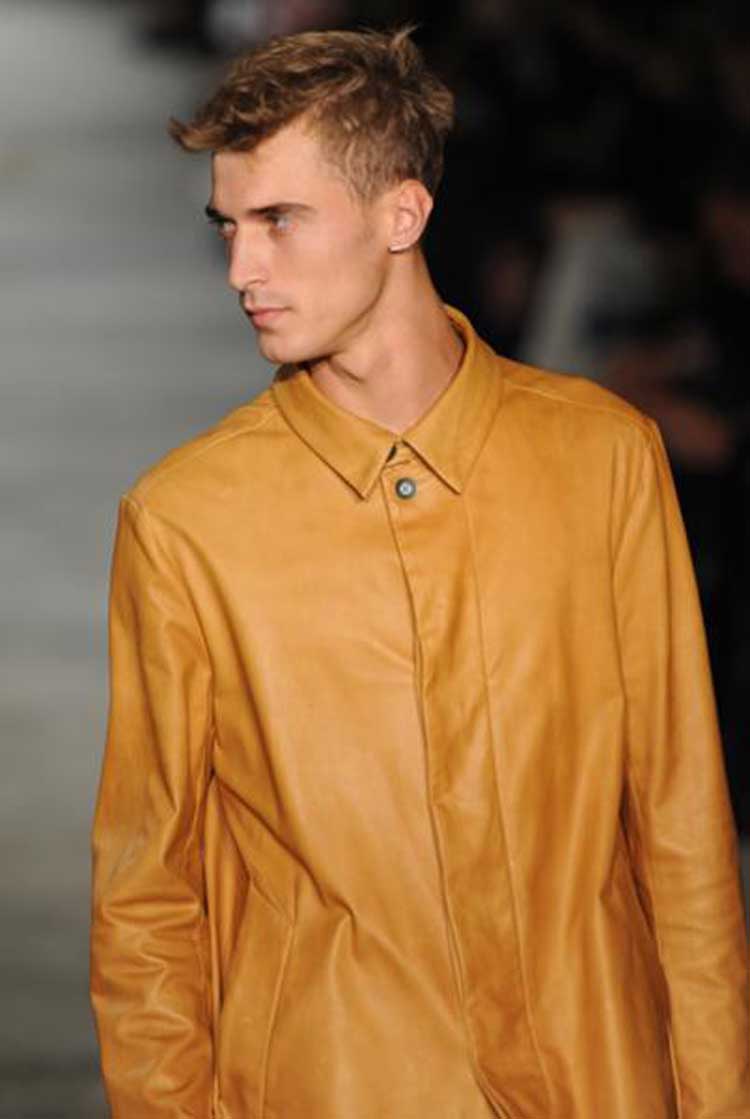
Learn the next common pose, the “s” pose. Similar to the “c” pose, the body will form the shape of an “s”. With the left hand on the hip/waist, the right toe should point to the right again, but this time the face should turn to the left.
Master the “I” pose. This pose can actually be done two different ways. First, the toes stayed forward, as does the face. The arms can be crossed over the body, giving a bit of an attitude. The second method is to face forward, keep one arm at your side and the other hand on your hip. By twisting your torso ever so slightly, you can create the attitude for which many models strive.
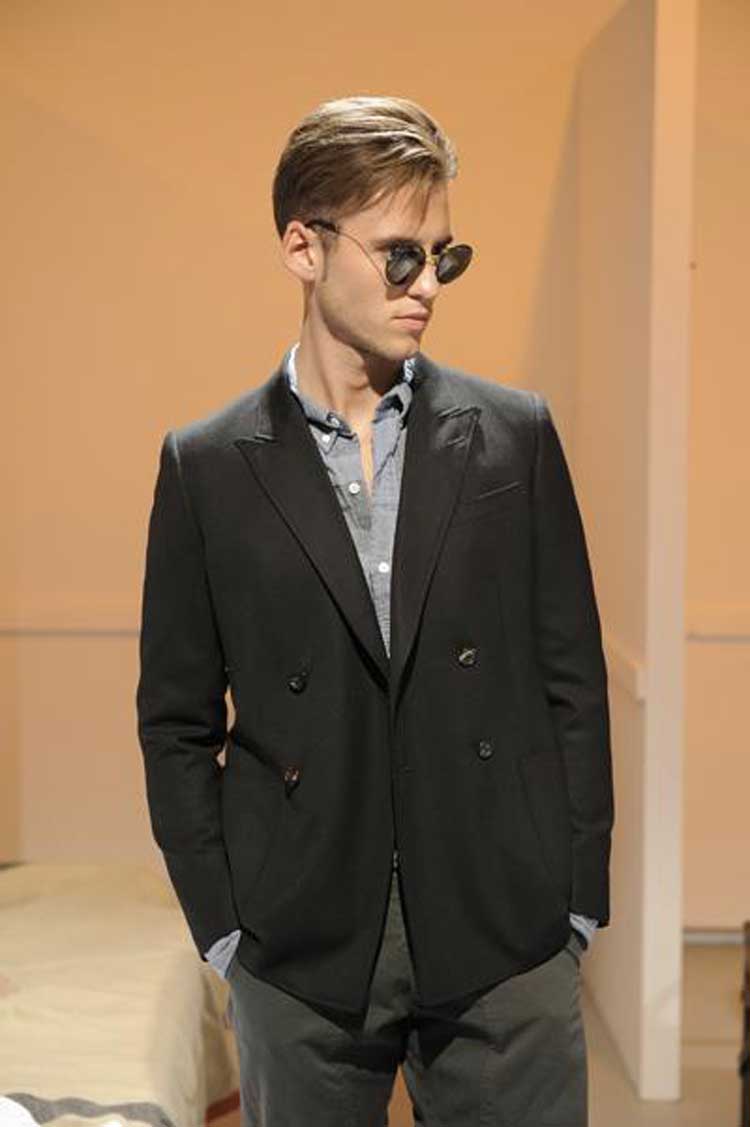
A variety of the most popular catwalk stances are a must-know for any aspiring model. Here we present eight of the most popular, but there are indeed other successful variations of these all throughout the industry. Look on these as a succinct starting point of reference.
Teach yourself how to create a proper and fluid turn on the runway. After a three-second pose, you should turn using a pivot foot, and pause for two seconds, then walk back down the runway. Practice the turns to them fluid. It is also crucial for the model to keep on the centre line and keep good posture during the turn as well as the return walk down the runway.
Feel the music. Listen to the music. When the beats to the music are slower, swing more and slow your pace. When you make your turn at the end, make sure your left foot is in front as you pause for a beat or double beat in your music. Your hips, shoulders, and feet should be facing the side of the runway as your head is turned to look straight on at the audience over your shoulder. After pausing or posing for a beat, pivot your feet back towards the curtain or glass, pick up your front foot first (your right foot), and continue walking. Make sure that your face is the last thing to turn away from the audience.
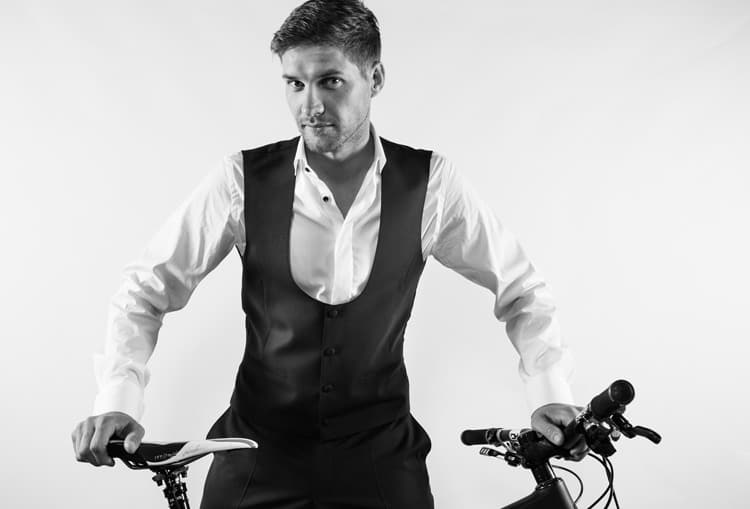
Event Space Rationalisation: The Master Plan
Why then is there a need for runway or catwalk, with TOIL formations and struts, pivots and turns in all their uniformity? Well, this is where it gets a little technical. More often than not, there is a substantial amount of detail that is put into these ´live event´ preparations. Event production is a minefield of detail, it is also very exciting. It’s the ultimate way to inject the wow factor into your campaign. If a picture tells a thousand words, then an event will tell a million. The camera can lie in a studio or editorial shoot, but fashion is at its most unforgiving on the runway. There are no margins for error or compromise within this extravagance of visual theatre.
¨ Throw the model running down the runway wearing something fabulous, Pats. There´s not much more to it than that.¨ – Absolutely Fabulous
Last year at the Chanel show site visit in Paris, Karl Lagerfeld changed the location venue as the height difference between the model and the roof was 1.5¨ less than he desired. This was with a window of two weeks until the show. In addition, Valentino has a custom architectural model to scale of every single element including the lighting strategies before the set designers commence the final construction of the space. The three-dimensional massing, viewing angles and architectural sections of the building are analysed from every possible angle so that the models and clothes are viewed in their entire entirety and an optimum visual experience is afforded (And sometimes with couture designs going into six figures for a suit, can you blame them?) Both these notions cost hundreds of thousands of euros. The fashion houses leave absolutely nothing to chance. Neither should you.
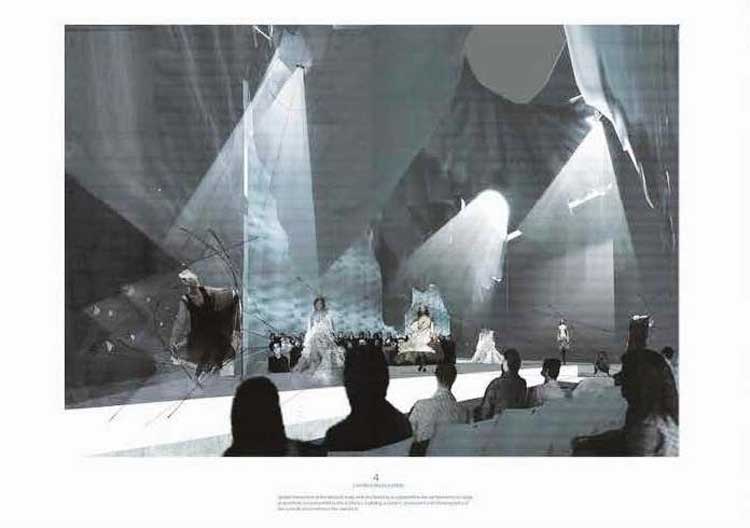
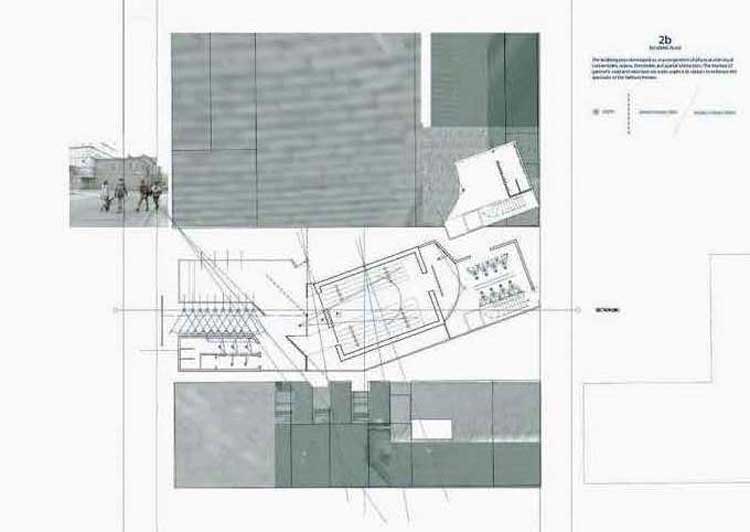
The design philosophy or ´rational´ of these catwalk events and spaces can be used to satisfy three main criteria. To capture the mood or aesthetic of the designer’s collection (Typical examples are; slow and severe for Armani, whilst Diesel opts for urban, hip and clean.)
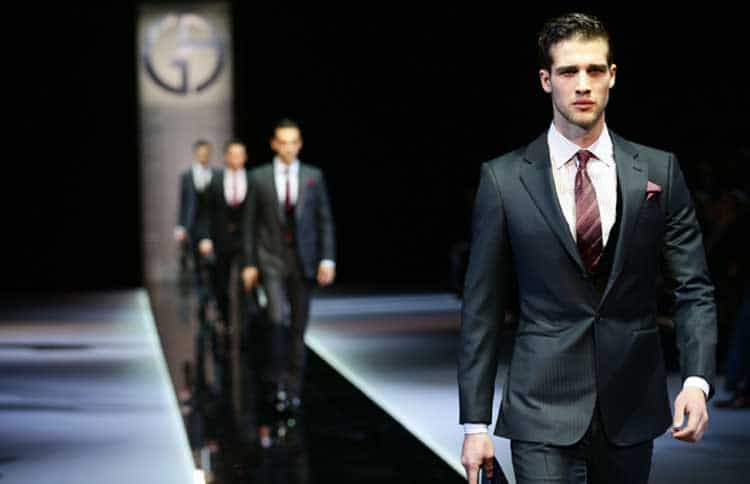
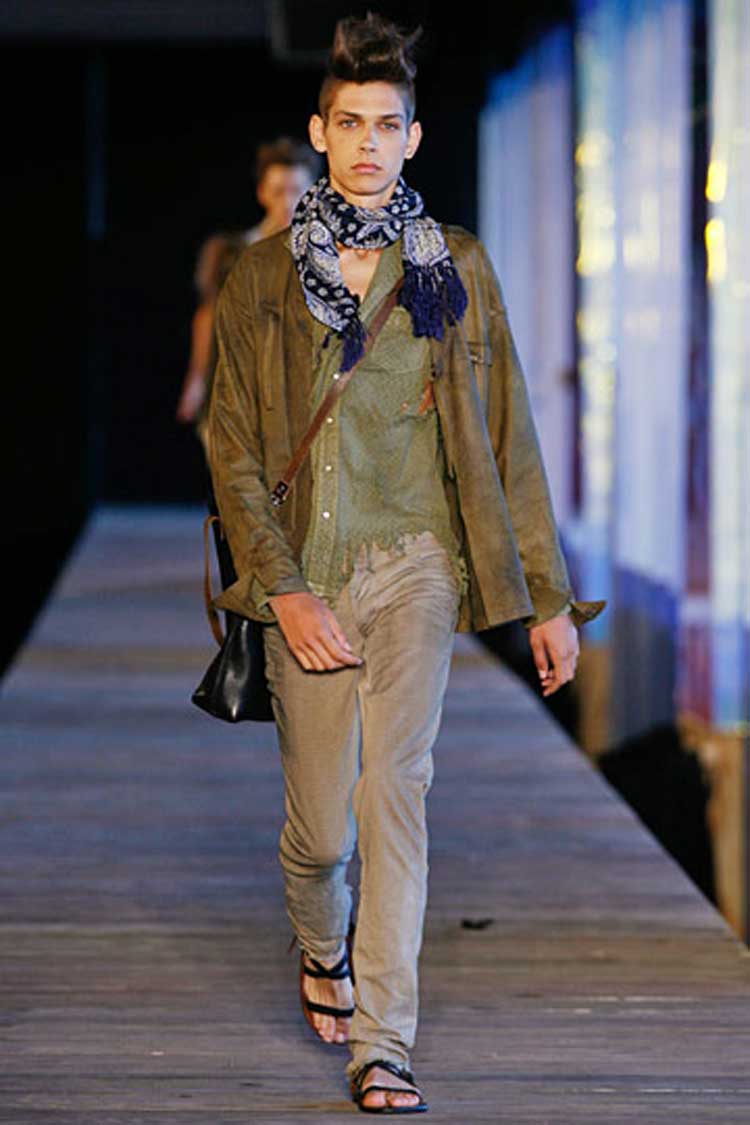
They can act to showcase the fluidity and movement of the fabrics within the collection (Haider Ackermann) or they can pay homage to space or location for the show (Chanel and their world-famous Grand Palais where the marriage of Coco’s iconic logo continues to integrate seamlessly into Parisian culture.)
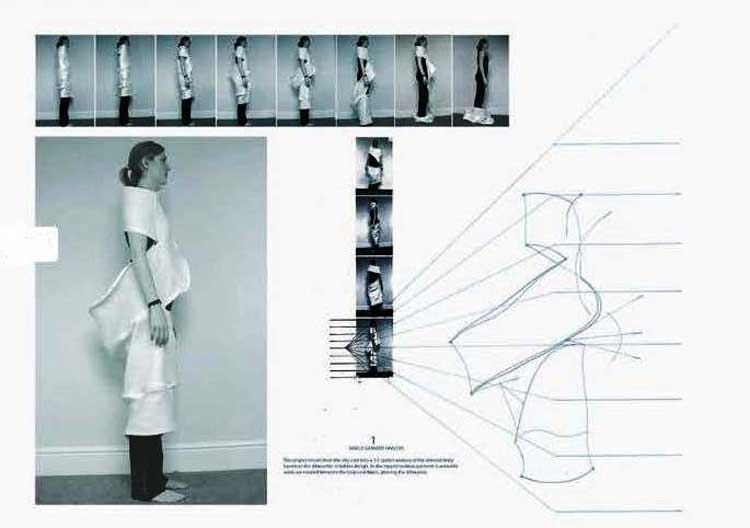
So to conclude, when you next watch a show on TV or indeed absorb yourself within the real event, take a moment to think about some of the factors above. It takes much more than a model and lights to make a successful fashion show. The spaces may frame the models, but it´s the models that frame the clothes. And that’s what everyone wants to see, isn´t it?















